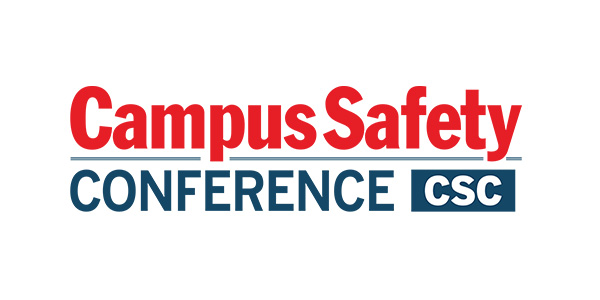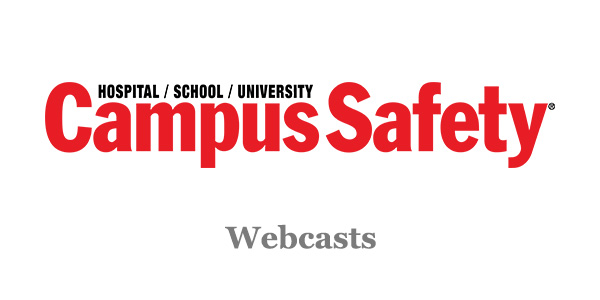Cities and urban districts in the United States are often the focus when it comes to discussing new policies and strategies, yet as much as 97% of the country is actually classified as rural. This means that half of all US school districts are in rural locations.
However, the differences between these rural districts and their urban counterparts are often left out of the conversation when considering our approach to education.
For one, digital skills are now seen as fundamental. Digital literacy isn’t simply about knowing how to click or scroll; it’s about navigating a digital world with confidence and competence. For students who have had less frequent access to computers or the internet, acquiring these skills can be the key to thriving in online courses and maximizing their learning potential.
RELATED: K-12 Cybersecurity Q&A: Safeguarding Smaller State and Local Entities
Yet despite recent advances, millions of Americans in rural areas still lack reliable, high-speed internet, especially in remote or mountainous regions. Students in these situations can struggle to access online courses, complete assignments, or even communicate with instructors. This connectivity gap has a ripple effect, impacting student engagement, retention, and outcomes.
Further, as populations in rural communities are more likely to be dispersed, students could significantly benefit from tech-enhanced and remote learning options that reduce absenteeism.
Even if the connectivity conundrum has been addressed, school districts face another challenge when it comes to digital learning. Cyberattacks are on the rise across the whole education sector yet rural communities have limited access to expertise and funding to tackle this serious threat.
Here’s what rural educators need to know along with some practical actions that school districts in any location can implement today.
Practical, Budget-Friendly Security Measures That Mitigate Cyber Risks
Rural school districts provide an essential service and are often the backbone of the community. Yet they are also chronically underfunded. Up until now, federal programs like the Secure Schools Program have helped bridge this gap and fund essentials like quality educators and equipment.
In 2025, the future of rural schools hangs in the balance as Congress failed to renew funding for the program, meaning that 700 counties could lose millions of dollars.
Now more than ever, budget-friendly cybersecurity methods are essential. This is especially true when we consider the fact that cybercriminals are known to target schools as they often have weaker defenses than other organizations.
As a result, data shows that hackers can use simple back-door methods to gain entry to the system. Up to 30% of attacks on schools take place through phishing emails, while 77% of ransomware attacks come from exploiting vulnerabilities and compromised credentials.
RELATED: New Reports Highlight Top Risks for K-12 Schools, Colleges
Simple best practices can help rural school districts maintain their first line of defense. This means making sure that software applications are being patched regularly with the latest security updates. By staying current with patches, schools minimize the risk of exploitation by malicious actors seeking to compromise sensitive data or disrupt operations.
Next, it’s advisable to make two-factor authentication mandatory for all staff, teacher, and, if possible, student accounts. Two-factor authentication adds an additional layer of security to user accounts, requiring a secondary form of verification beyond passwords, usually in the form of a code sent via email or SMS. This simple action can help to eradicate the huge number of attacks targeting compromised user credentials.
Ways to Foster a Cybersecurity-Aware Culture Among Staff and Students
While school districts need to take a proactive approach to bolstering network defenses, it’s also important to consider the role of users.
As mentioned, two-factor authentication is a cost-effective and relatively quick way that schools can improve their defenses, but staff and students need to understand the reasons behind this. When we consider that rural school districts are behind the curve in terms of digital access and literacy, fostering a cyber-aware culture can help close this gap and ensure that the whole community has a solid understanding of the latest threats.
This helps to decrease the risk of user-compromised credentials and boost engagement when new policies or processes are rolled out.
Here, it’s important to remember that this is an extremely widespread problem. A study by Stanford University found that 88% of data breaches are caused by human error. In these cases, staff or students may inadvertently share sensitive information.
RELATED: PowerSchool Data Breach: Report Finds Company Failed to Take Basic Cybersecurity Precautions
Because of this, educating users can only go so far as a protective measure. The simple act of conducting work online, sending emails, and sharing files gives hackers an extremely high volume of potential attack surfaces to work with.
This means a simple cybersecurity tool that automatically scans files and emails within the school network is an extremely effective defense method. Schools should look for scanners with the capability to sift through vast amounts of data quickly and efficiently and trigger alerts when sensitive information is detected.
Schools should also prioritize regular backups of their data to mitigate the impact of potential cyber-attacks. By maintaining up-to-date backups, educational institutions can minimize downtime and swiftly recover essential information in the event of a security breach or data loss incident.
Stay Ahead of Emergency Cybersecurity Threats
Once basic training has been completed, IT teams should remember this is an ongoing task.
Just a few years ago, most tech-savvy users could easily spot a fake email claiming to be from a reputable organization, which meant training programs were more straightforward. However, cybercriminals are always looking for new ways to gain entry to systems and the rise of AI means that these dupes are now highly sophisticated.
Aim to conduct cybersecurity training at regular intervals to share the latest known techniques and examples of how deepfakes and other techniques are being used. These sessions can also go beyond the basics of preventing a data breach to focus on how students can be safe online to avoid the risks of viewing sensitive materials or online bullying.
Charlie Sander is CEO at ManagedMethods, a K-12 cybersecurity company.
NOTE: The views expressed by guest bloggers and contributors are those of the authors and do not necessarily represent the views of, and should not be attributed to, Campus Safety.







